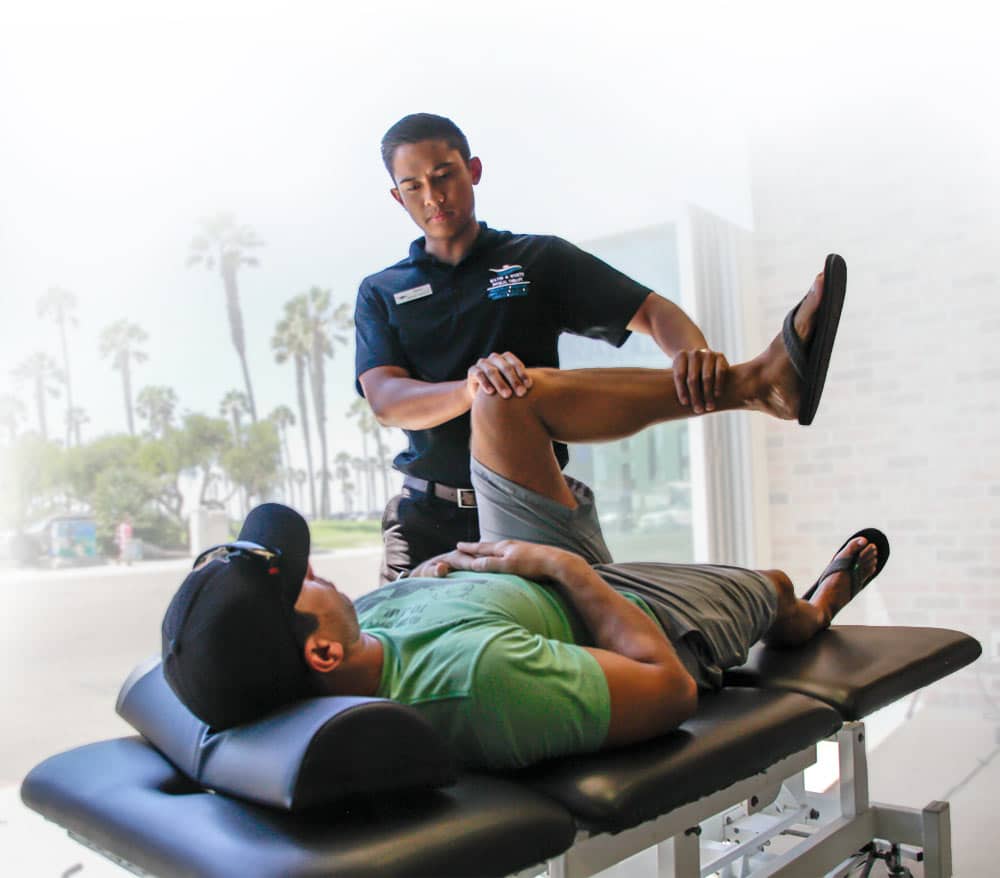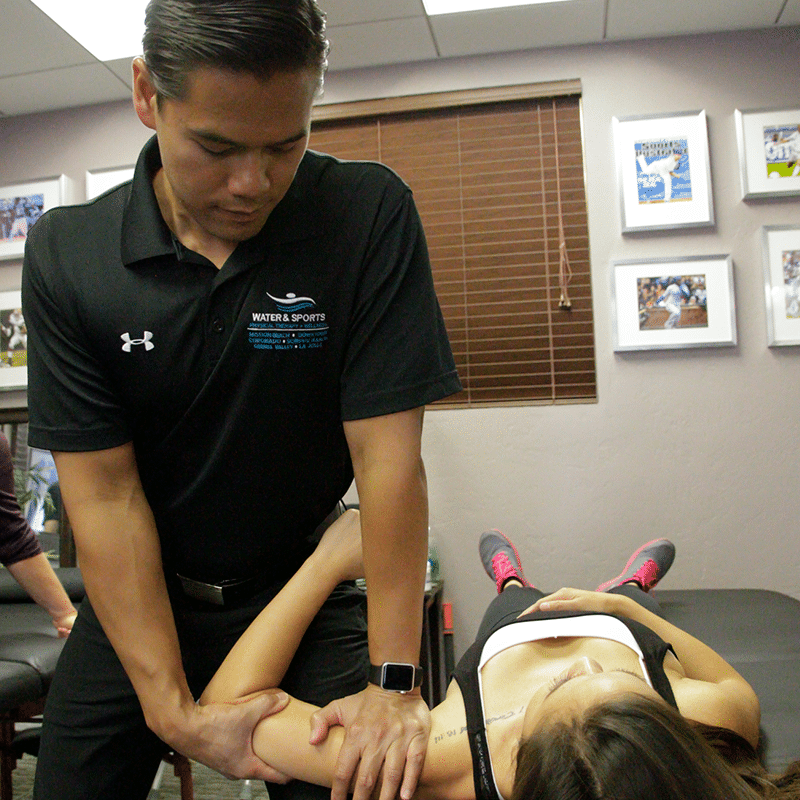Techniques

JOINT MOBILIZATION
 Joint mobilization techniques are hands-on techniques, sometimes assisted with a belt, to stretch adhesed joint capsules which do not allow full motion. These techniques can result in dramatic results by achieving full motion in any joint.
Joint mobilization techniques are hands-on techniques, sometimes assisted with a belt, to stretch adhesed joint capsules which do not allow full motion. These techniques can result in dramatic results by achieving full motion in any joint.
Manual Therapy
Dynamic Neuromuscular Stabilization (DNS)

Dynamic Neuromuscular Stabilization taps into the brains early developmental movement patterns which will re-teach you how to reflexively move the way you were originally designed.
MYOFASCIAL RELEASE
Myofascial Decompression (MFD)
- Decreasing mechanical connective tissue changes following inflammation or trauma
- Decreasing trigger Points (presence of hypersensitive, tender tissue within the
- muscle belly)
- Decreasing myofascial dysfunction, scar adhesions, scar tissue
- Decreasing myofascial syndromes; i.e. faulty patterning due to hypertonic muscles
Postural Restoration Institute Techniques (PRI)
GRASTON TECHNIQUE


The Graston Technique is an innovative, patented form of instrument-assisted soft tissue mobilization that enables our therapists to break down scar tissue and fascial restrictions for the treatment of:
- Neck Pain
- Back Pain
- Wrist Pain
- Foot Pain
- Tennis Elbow
- Golfer’s Elbow
- Shoulder Pain
- Knee Pain
- Ankle Pain
- Fibromyalgia
- Shin Splints
Originally developed by athletes, Graston Technique is practiced by more than 9,000 clinicians worldwide, and uses specially designed stainless steel instruments to detect and treat areas exhibiting soft tissue fibrosis or chronic inflammation.
The Graston Technique can help patients resolve chronic conditions thought to be permanent, decrease overall time in treatment, allow for faster recovery, and reduce the need for anti-inflammatory medication.
How are the instruments used? The Graston Technique instruments are used to enhance the therapist’s ability to detect adhesions, scar tissue or restrictions in the affected area. Once the tissue has been identified, the instruments are used to break up the scar tissue so the body can absorb it.
What is the history of Graston Technique? The concept of cross fiber massage is not new – the use of the specially designed instruments and protocol is new. Graston Technique is grounded in the works of Dr. James Cyriax, an English orthopedic surgeon. Historically, the Graston Technique has had positive outcomes in 75–90% of all conditions treated. It is equally effective in restoring function to acute and chronic injuries, and pre- and postsurgical patients.
The Selective Functional Movement Assessment™ (SFMA)
The SFMA looks at simple everyday actions, including the ability to touch your toes, balance on one leg, or perform a squat, to identify how you accomplish basic movement. Poor movement in the body is often masked by compensations that we develop over time, and daily repetition of this can ultimately result in injury and pain. The SFMA enables the therapist to identify and treat regions in the body that lack mobility (range of motion), or stability (motor control), allowing for an accurate treatment to restore pain-free function and movement. The SMFA also highlights asymmetries in the body that exist between the left and right side. Asymmetries, such as having a left hip that moves well and a right hip that is stiff, are red flags and are significant risk factors for injury.
The SFMA pulls out these subconscious dysfunctional and/or asymmetrical movements to get to the root of the problem. Efficiency in movement is the key to accomplishing your goals. The essence of the SFMA is that the site of your pain may not be the source or cause of your pain. The pain in your knee may be the result of a problem in your hip. The pain in your neck may be the result of an issue in your shoulder. Treating the cause of your pain, and not merely the site, is vital to restoring pain-free movement and function.
At WSPT, we value the SFMA because it is a tool that allows us to build a plan based on the needs of each individual. Our focus on treating the underlying cause with hands on treatment and a thorough exercise program gets you moving pain-free and back into action. We want you feeling your best throughout all your daily activities.
FUNCTIONAL MOVEMENT SYSTEMS (FMS)
FMS can be compared to a doctor checking your blood pressure at a routine check-up. When you go to your doctor and he takes your blood pressure, it’s not because you already have cardiac issues, but rather to identify something that could be a problem. FMS is used in the same way by screening your movement patterns in order to identify any possible movement dysfunctions that could lead to problems in the future. If your physical therapist notices something is off with your movement, he or she can treat it before it leads to other issues and problems. At WSPT, we use the FMS to quickly screen our athletes for pre-existing deficiencies in order to provide the best treatment possible while also working to prevent future injuries.
How FMS Works
FMS identifies physical imbalances and weakness through a simple ranking and grading system that assesses movement patterns crucial to normal function. Screening movement identifies functional limitations and asymmetries that may decrease your ability to move correctly and limit your ability to train effectively and without injury. After an easy ten-minute assessment, your FMS will result in a Functional Movement Screen Score, which is linked to a set of corrective exercises used to restore correct movement patterns while building strength. Your score is also monitored by your physical therapist or trainer throughout your sessions, tracking your progress and improvement as you work toward better movement.
The Benefits of FMS
When FMS is used to locate significant movement deficits, there are many benefits that result from prescribed corrective exercises, including:
- Injury Prevention
- Movement Pattern Restoration
- Strength and Conditioning
- Improved Balance
Active Muscle Pumping
Strength-Based Training and Corrective Exercises
Cold Laser Therapy
Sport-Specific Training
Ultrasound and Electrical Stimulation (E Stim)
Gait Training
Gait training is an option for anyone who has lost his or her ability to safely get around. Some examples of injuries or illnesses that lead to walking difficulties include spinal cord injuries, stroke, broken legs or pelvis, joint injuries, injuries from accidents, amputation, and knee replacements.
There are several gait therapy techniques. Many people undergoing gait training will walk on a treadmill and also do strength training. Treadmill trainings may often include a harness. Other task-specific trainings include stepping over objects, lifting the leg, sitting, and standing. People with specific issues affecting mobility will also receive special therapies in addition, such as pool/aquatic therapy.
Neuromuscular Reeducation
Some practitioners believe that an important part of injury healing is the removal of fibrous adhesions, which are thought to arise within injured areas of muscles or connective tissue and involve the overgrowth of fibrous tissue over the site of injury. These areas are the body’s way of protecting the tissue from further injury, but they are thought to result in impaired range of motion, decreased flexibility, and eventually the weakening of nearby muscle.
These therapies in general tend to place greater importance on body awareness than many standard physical therapies. An example of this is if one was to have a twisted ankle injury. After this instance the brain will then make modifications to movement patterns in order to protect the ankle. But during the period of time of avoiding use of the injured ankle, the connection between the brain and ankle becomes weakened due to disuse. Therapeutic measures and exercises will then be given to the patient in order to re-strengthen that neurological connection between the brain and the ankle.
Trigger Point Release
Trigger point massage therapy is specifically designed to alleviate the source of the pain through cycles of isolated pressure and release. In this type of massage for trigger point therapy, the recipient actively participates through deep breathing as well as identifying the exact location and intensity of the discomfort.
The results and benefits of trigger point massage are releasing constricted areas in the muscles thereby alleviating pain. You can experience a significant decrease in pain after just one treatment. Receiving massage with trigger point therapy on a regular basis can help naturally manage pain and stress from chronic injuries.




